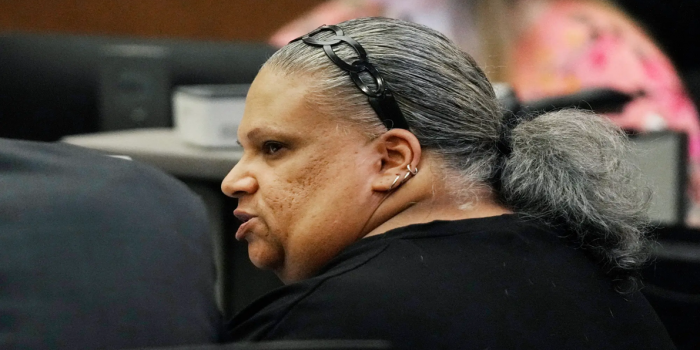In the new-look automotive industry, where self-driving cars roam the streets, a haunting question lurked in the shadows – who bears the burden when tragedy strikes? Finally, an answer emerged from the depths of a courtroom, as a guilty plea offered a resolution to the once-hypothetical ethics dilemma.
The case involved a self-driving Uber SUV, a pedestrian, Elaine Herzberg, and the operator, Rafaela Vasquez, whose actions triggered a fatal accident in 2018. The fateful event raised questions about the moral and legal responsibilities that entangle self-driving technology and human intervention.
As the legal proceedings unfolded, the world learned that Vasquez, the operator of the self-driving vehicle, had pleaded guilty to endangerment in connection to the case. A shiver ran through the autonomous vehicle industry as it seemed to hold the first traces of accountability for such a heart-wrenching occurrence. The plea deal orchestrated by the Maricopa County Attorney’s Office decided that Vasquez would be subject to three years of supervised probation, evading imprisonment but not escaping the consequences of her actions entirely.

The heart of the matter lay in Vasquez’s alleged negligence, with investigators uncovering that she had been engrossed in a video on her phone when the accident occurred. Her failure to react promptly and apply the brakes culminated in losing a life, leaving behind a grim reminder of the dangers posed by distracted human operators in autonomous vehicles.
However, the autonomous Uber system did not escape scrutiny either. A chilling revelation emerged, showing that the system detected the victim’s presence 5.6 seconds before the collision. Yet, in a critical failure, it failed to recognize Herzberg as a bicyclist or comprehend that she was heading into the vehicle’s path. The incident casts a haunting shadow over the reliability and readiness of autonomous systems to navigate complex real-world situations, posing a challenge to the technology’s advancement.
Elaine Herzberg’s tragic death etched a sad milestone in history, becoming the first recorded pedestrian fatality linked to a fully autonomous vehicle crash. This heart-rending incident served as an unwelcome yet essential reminder of the risks associated with the fast-paced evolution of autonomous driving technology.
However, it wasn’t the first instance of a fatal accident involving semi-autonomous vehicles. Two years earlier, Joshua Brown’s tragic death while operating a semi-autonomous Tesla had previously sounded the alarm about the risks inherent in self-driving technology.

Looking beyond the specific cases, the broader landscape painted a sobering picture. According to Department of Transportation statistics from January, carmakers reported 419 crashes involving semi- or fully-autonomous vehicles, resulting in the tragic loss of 18 lives. The numbers underscored the pressing need for continuous evaluation, stringent regulation, and innovative solutions to ensure public safety while embracing the potential of autonomous driving.
The guilty plea entered by Rafaela Vasquez brought a sense of closure to the case. Still, it also sent ripples through the industry, emphasizing the pressing urgency to prioritize safety, transparency, and accountability.
The world is on the cusp of a transportation revolution that promises greater efficiency and convenience. Yet, without a steadfast commitment to addressing the ethical dilemmas, perfecting the technology, and instilling a safety culture, the dream of a future with self-driving cars may remain a distant mirage, forever obscured by the shadows of doubt and uncertainty.


